Remembering the historic Apollo 14 mission
Friday marked the 50th anniversary of the third ever successful moon landing
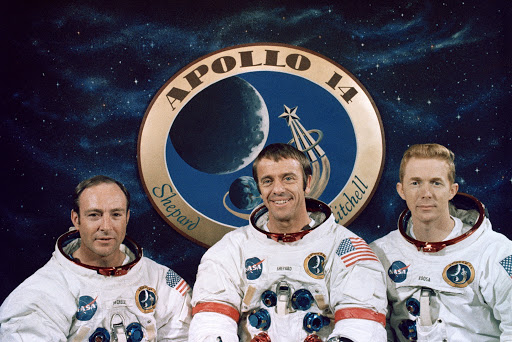
February 11, 2021
This past Friday, Feb. 5, marked the 50-year anniversary of the Apollo 14 moon landing. Manned by “the three rookies,” Commander Alan Shepard — the first American to enter space in 1971 — as well as Edgar Mitchell and Stuart Roosa, it was the third Apollo mission to successfully land on the moon.
The Apollo Program was first launched in 1961 when the United States was in the midst of the Cold War. Then-president John F. Kennedy charged NASA with landing men on the moon and the rest is history. Over the following decade, a total of 11 missions were carried out. Only the infamous Apollo 13 mission, which experienced severe complications, failed to complete its mission of landing on the moon.
The three main objectives of the Apollo 14 mission were to collect surface samples for further analysis, take topographic pictures of the lunar surface to plan future landing sites and perform geological field investigations. Throughout the course of the mission, astronauts Shepard and Mitchell performed two EVAs, or extravehicular activities. The duo ultimately collected nearly 94 pounds of moon rocks and soil to be analyzed by 187 scientific teams across 14 different countries. Although given a slightly less glamorous job, Roosa was tasked with various orbital activities including photographing the Descartes area, a potential landing site for the Apollo 16 mission.
Despite the grueling and dangerous nature of the work performed, the astronauts ensured there was still time to have some fun. The Apollo 14 crew is most well-known for its golfing antics. During the second EVA, Shepard brought out a makeshift 6-iron golf club he had snuck on board and “a little white pellet that’s familiar to millions of Americans.”
After attempting a couple of swings, Shepard managed to hit the first ball a measly 24 yards. This feat, however, is drastically more impressive considering the physical limitations placed upon Shepard via his bulky spacesuit. Because of the stiff and bulky suit, Shepard was limited to swinging with one-hand. The moon’s drastically different atmosphere also pulled the ball down quite quickly. Upon his second attempt, Shepard sent the ball almost 40 yards, though he claims that it flew for “miles and miles and miles.”
Golf balls weren’t the only items that flew for miles and miles. Hundreds of tree seeds, ranging from Loblolly Pines to Redwoods to Sycamores, also made the trip to space. Known as “Moon Trees,” they were part of a joint program between NASA and the Forest Service to study the effects of space on seed growth. Although the seed containers burst during space flight, nearly 450 seeds still managed to grow successfully. Upon their return home, some of the seeds were kept for observation, and others were gifted across the country. (No obvious differences have been found between the Moon Trees and their Earth-bound counterparts to date.) Today, Moon Trees can be found in parks, universities, federal lands and other notable sites around the country. If you’re interested in checking one out, the closest Moon Trees to Wake Forest are located in the Botanical Gardens in Asheville, N.C., and the Cradle of Forestry, in Pisgah National Forest.



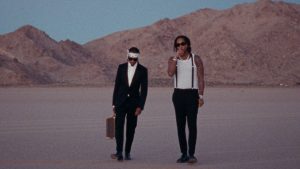

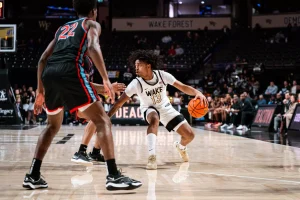



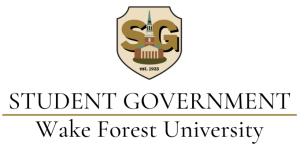
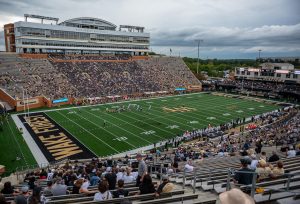
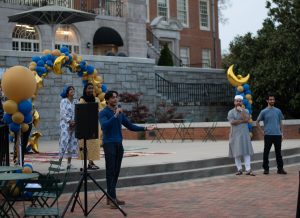
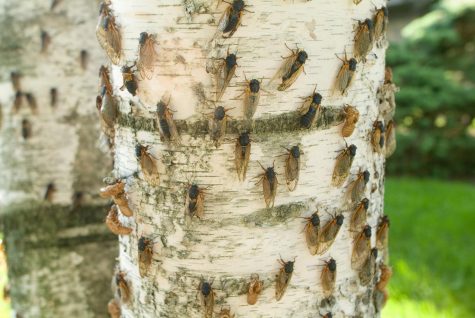
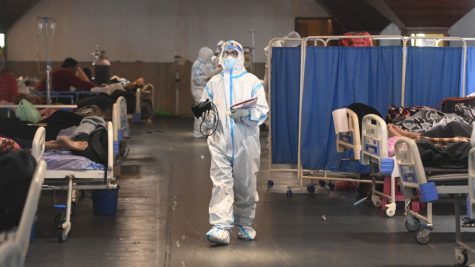
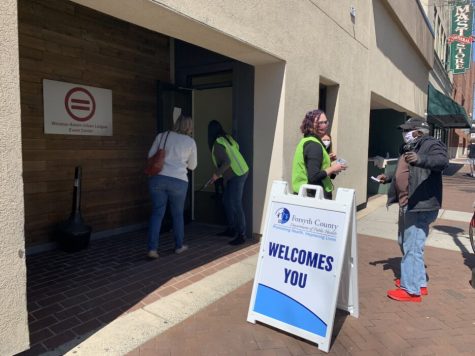
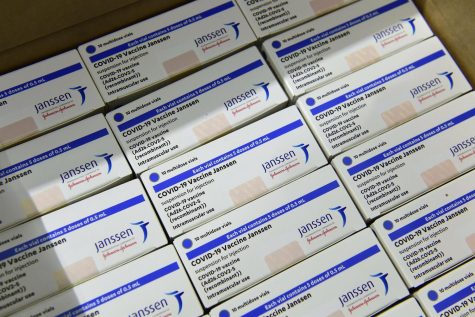

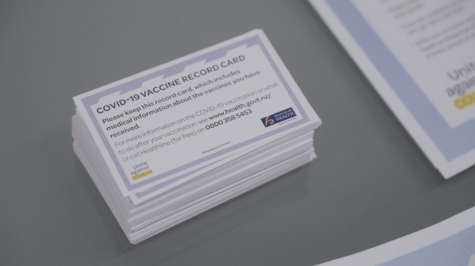
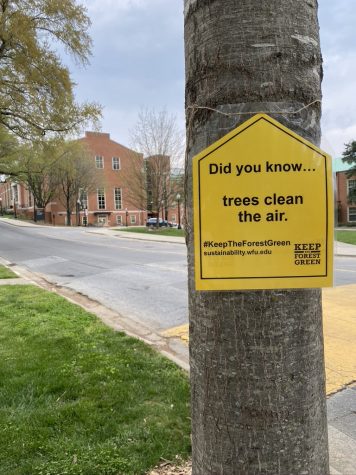
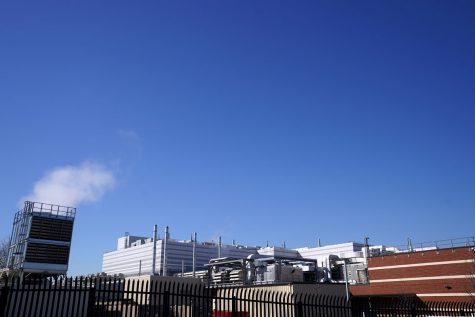
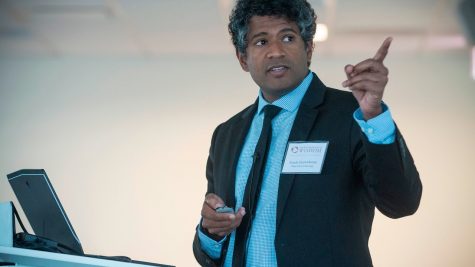
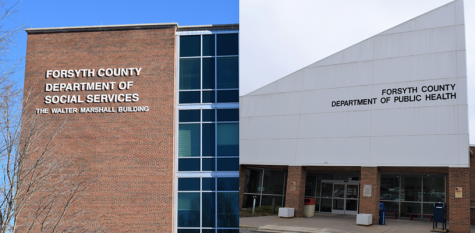
Tyler Carrier • Feb 14, 2021 at 4:15 pm
Incredible piece! Very well-written and informative.